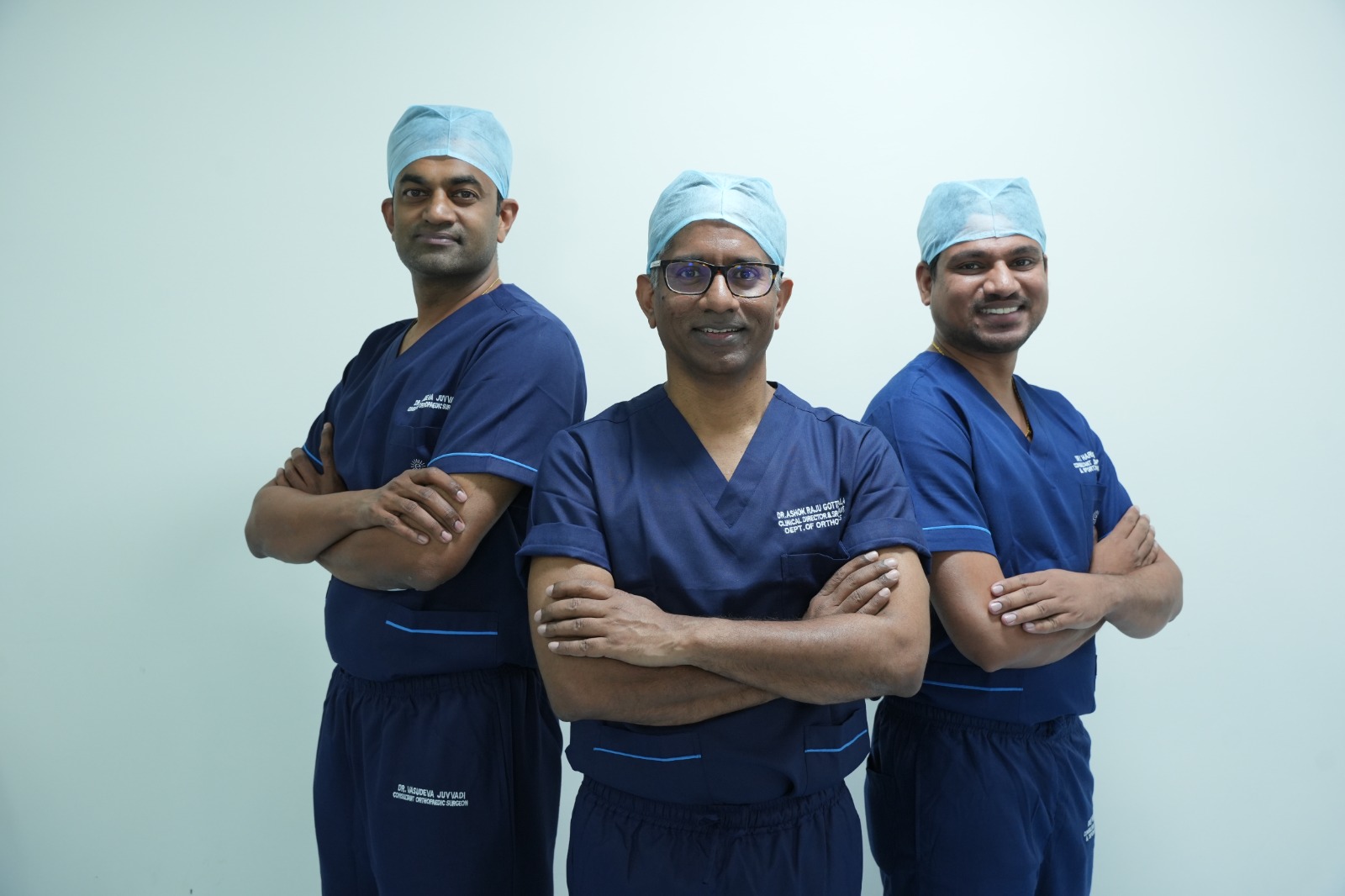In a landmark achievement, Chinese scientists have unveiled a revolutionary biodegradable wireless energy device designed to power bioelectronic implants. This breakthrough not only holds immense promise for the future of drug delivery systems but also presents an innovative approach to minimally invasive monitoring and treatment of patients.
Unveiling the Challenge with Current Implantable Devices
A recent publication in the esteemed journal Science Advances has shed light on a critical issue plaguing existing implantable devices—their reliance on power modules that often fall short of the required sophistication for biomedical applications. The prevailing biodegradable power supply units are typically single-use and lack the necessary power generation capabilities to meet the demands of evolving healthcare needs.
Introducing a Wireless and Biodegradable Power System
In response to this challenge, a team of researchers from Lanzhou University has proposed a cutting-edge wireless implantable power system. This innovative solution seamlessly integrates high energy storage performance with favourable tissue interfacing properties, all packaged in a soft and flexible design that adapts harmoniously to the contours of various tissues and organs.
The wireless power supply device is composed of a magnesium coil, initiating the charging process when an external transmitting coil is strategically placed on the skin above the implant. The power, received by the magnesium coil, traverses through a circuit before entering an energy storage module featuring zinc-ion hybrid supercapacitors. These supercapacitors boast high power density, discharging substantial energy while storing less energy per unit.
The Prototype: A Flexible Biodegradable Implant
At the heart of this groundbreaking development lies the prototype—a flexible biodegradable implant, reminiscent of a chip, seamlessly integrating both energy harvesting and storage functionalities. Once charged, the supercapacitor ensures a consistent and reliable power output. Crucially, the levels of zinc and magnesium in the device fall below daily intake thresholds, ensuring the utmost safety for users.
Testing and Future Implications
Initial tests conducted on rats have demonstrated that the device operates effectively for up to 10 days and subsequently dissolves within two months. The researchers have the capability to fine-tune the operational lifespan of the device by modifying the thickness and chemistry of the encapsulation layer. However, it is imperative to note that further in-depth research and extensive trials are essential to optimize these implants for seamless integration into human applications.
This innovative biodegradable wireless power system signifies a monumental leap forward in the realm of implantable bioelectronic devices. As scientists dive deeper into refining and expanding this technology, the potential applications for monitoring, drug delivery, and patient care become increasingly vast.
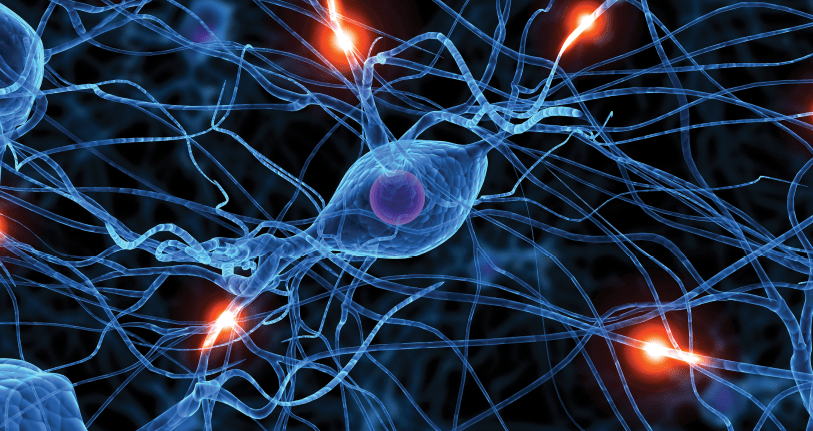
 This innovative biodegradable wireless power system signifies a monumental leap forward in the realm of implantable bioelectronic devices. As scientists dive deeper into refining and expanding this technology, the potential applications for monitoring, drug delivery, and patient care become increasingly vast.
This innovative biodegradable wireless power system signifies a monumental leap forward in the realm of implantable bioelectronic devices. As scientists dive deeper into refining and expanding this technology, the potential applications for monitoring, drug delivery, and patient care become increasingly vast.













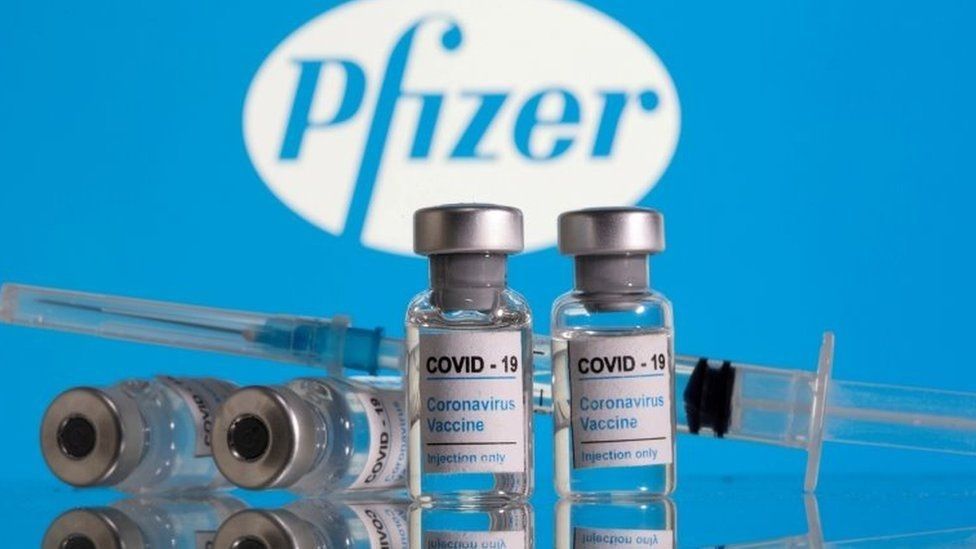






.jpeg)


.jpeg)

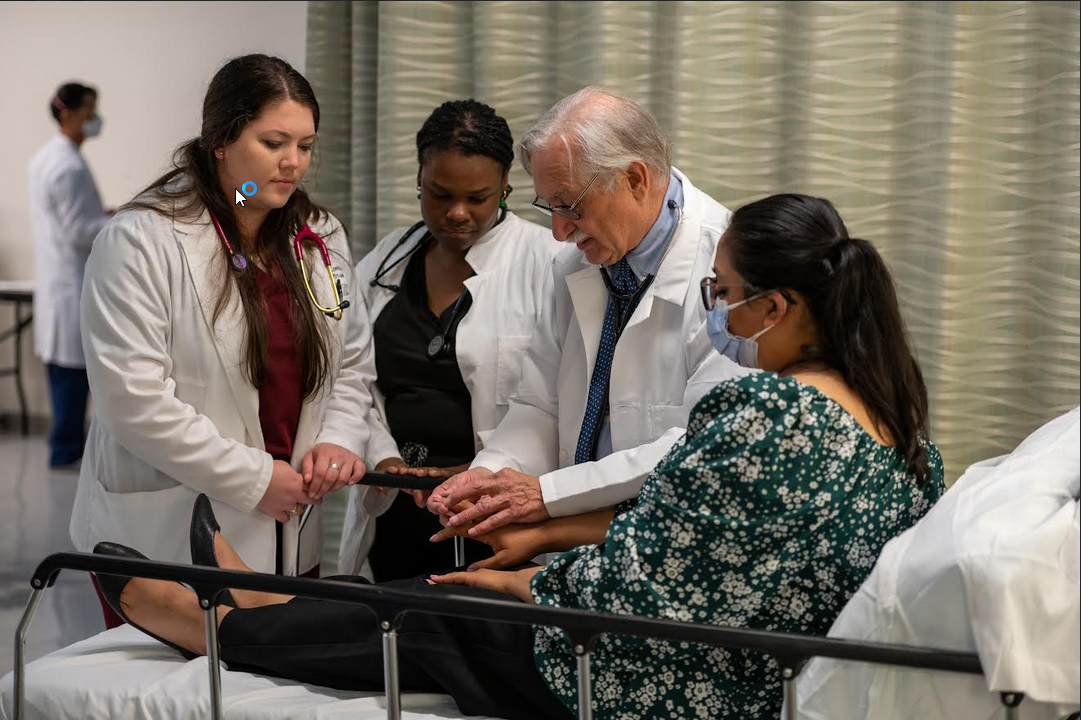

.jpeg)
.jpeg)
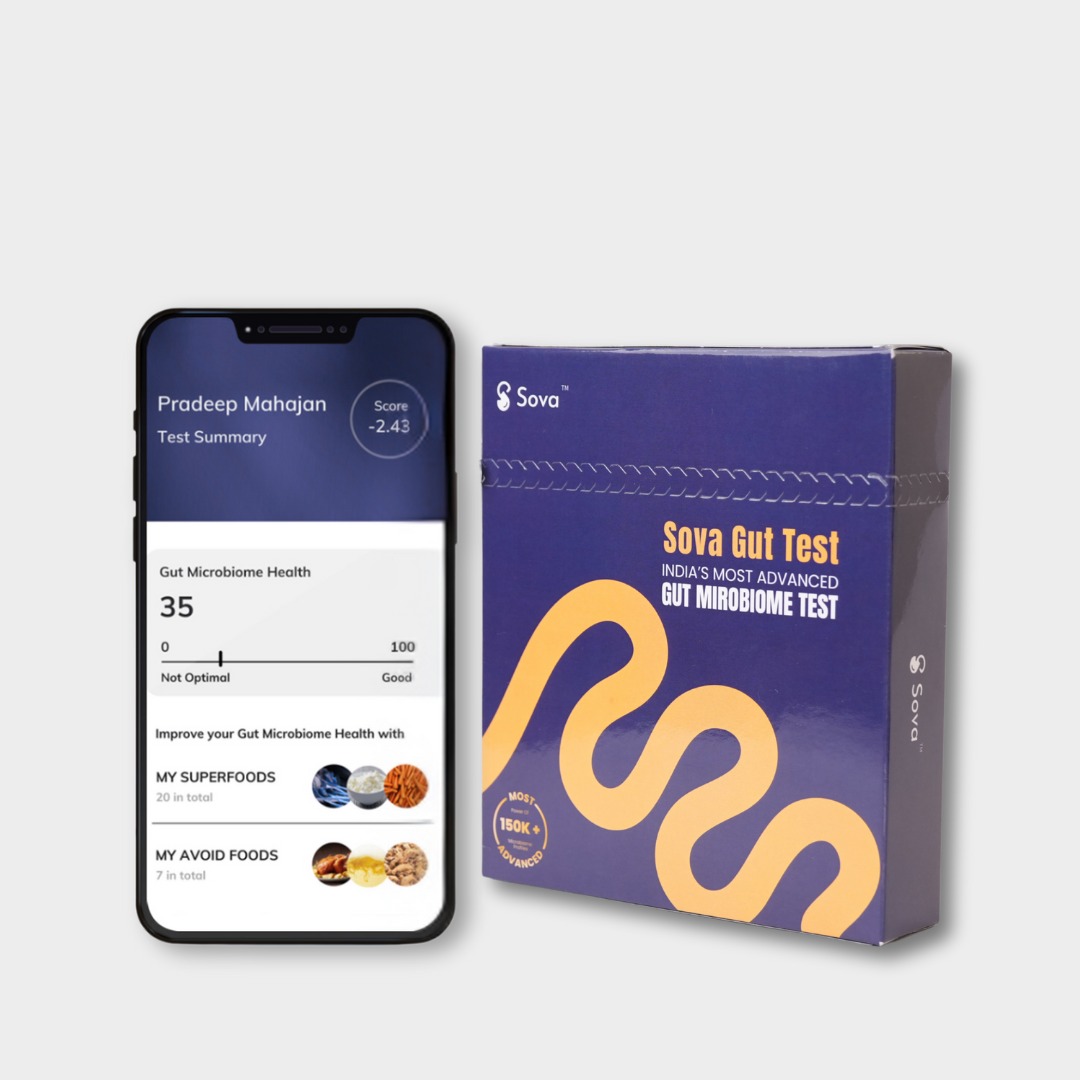





.jpeg)


